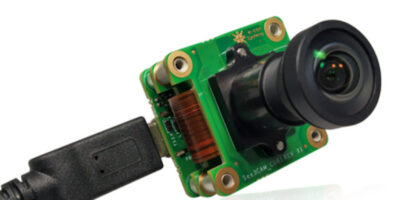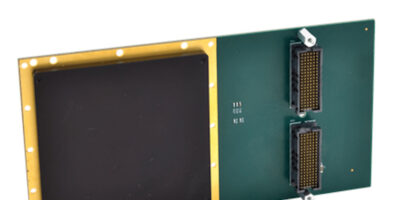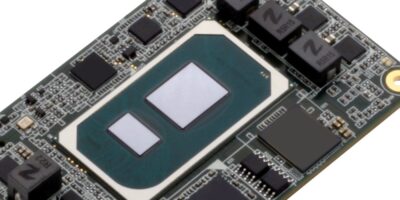Edge servers, advanced driver assistance systems (ADAS) as well as motherboards for embedded systems available from Gigabyte, will be highlighted at this week’s CES in Las Vegas.
Its high-density edge servers are based on Arm architecture and Ampere’s 80 / 128- core CPU. They provide the performance, storage, network, and above all, the flexibility to be deployed at more challenging locations and limited spaces, says Gigabyte, which is increasing commonplace as processing work needs to be done on-site.
The speed of the 5G network will allow smart cities to use AI applications, for example transportation systems where edge computers can enhance the communications between devices to ensure traffic flows smoother. Gigabyte says its expertise for embedded computers allow it to have a clear vision of how to implement devices that can work in outdoor environments with stable functionality. These embedded computers come with GPU expandability to meet the needs of edge computing, and rich I/O interface designs to allow system developers to integrate multiple systems on a single platform, therefore developing applications such as licence plate recognition, real-time analytics, smart utility poles and smart traffic management.
Gigabyte also specialises in developing decision-making control units for different types of autonomous vehicles, as well as customised products such as ADAS engine control units (ECUs). The Gigabyte Pilot product series supports GPU and VPU acceleration modules, which combine various algorithms to provide precise object detection, decision-making and vehicle control capabilities. Products in the series are also equipped with high speed transmission interfaces which can be connected to a range of sensing devices to collect and transmit data in real time.
Gigabyte and MyelinTek have developed a deep learning system called MLSteam, which includes optimised AI software stacking and comprehensive management tools such as resource, container and model management. MLSteam makes it easier for scientists to train and develop AI integration for autonomous vehicles and can make traffic management systems smarter, safer, and more collaborative, says Gigabyte.
The company’s latest embedded computing products feature a series of industrial motherboards and systems powered by Intel’s 11th generation processors. They are intended for factory automation, industry 4.0, smart retail, IoT and edge computing and are characterised by low power consumption. Examples of use are automated guided vehicles, which can be programmed to manoeuvre along designated routes, detect and avoid obstacles through navigation, and also industrial automation security systems.
AI has also been integrated for visual recognition to upgrade digital signage to detect users’ gender, age to improve retail experiences. Restaurants and delivery services can use electronic control units for smart delivery services, using autonomous vehicles. AI and IoT can also be used to automate the operation and management of public spaces rentals for office, conference, dining and parties.
The Z690 and Aero motherboards will also be highlighted at CES.







